Concept
Alternate Profiles
Different views and formats:
Alternate Profiles ?Profiles (alternative information views) encoded in various Media Types (HTML, text, RDF, JSON etc.) are available for this resource.
- Preferred Labelskos:prefLabel
OGC OpenSearch-EO GeoJSON(-LD) Response Encoding Standard
- URI
- http://www.opengis.net/def/docs/17-047r1 ↗Go to the persistent identifier link
- Within Vocab
- OGC Documents
| Definitionskos:definition | The OpenSearch specification [NR3] is defined as a binding of the Abstract Protocol Definition (APD) for the searchRetrieve operation, one of a set of documents [NR4] for the OASIS Search Web Services (SWS) initiative [OR1]. The OpenSearch Description Document (OSDD) allows clients to retrieve service metadata from an OpenSearch implementation. The OSDD format allows the use of extensions that allow search engines to inform clients about specific and contextual query parameters and response formats. The OpenSearch extension for Earth Observation (EO) collections and products search is defined in [OR20]. The mandatory response format is based on Atom 1.0/XML [OR14]. JavaScript Object Notation (JSON) [NR1] has been gaining in popularity for encoding data in Web-based applications. JSON consists of sets of objects described by name/value pairs. GeoJSON [NR2] is a format for encoding collections of simple geographical features along with their non-spatial attributes using JSON. This OGC standard describes a GeoJSON [NR2] and JSON-LD [NR15] encoding for OpenSearch Response documents. The GeoJSON encoding defined in this document is defined as a compaction[1] through a normative context, of the proposed JSON-LD encoding, with some extensions as presented in section 8 of this document. Therefore, the JSON-LD encoding can also be applied to other RDF [OR8] encodings including RDF/XML [OR11] and RDF Turtle [OR12]. Although this document makes no assumptions as to the “service” interfaces through which the Search Response is obtained and applies equally well to a Service Oriented Architecture as well as a Resource Oriented or RESTful architecture. The documented approach is mainly intended to be applied in combination with the following technologies: OGC OpenSearch extensions [OR19], [OR20], [NR3]. GeoJSON is a format for encoding collections of simple geographical features along with their non-spatial attributes using JSON. GeoJSON objects may represent a geometry, a feature, or a collection of features. GeoJSON supports the following geometry types derived from the OGC Simple Features specification: Point, LineString, Polygon, MultiPoint, MultiLineString, MultiPolygon and GeometryCollection. Features in GeoJSON contain a geometry object and additional properties, and a feature collection represents a list of features. JSON is human readable and easily parseable. However, JSON is schemaless. JSON and GeoJSON documents do not include an explicit definition of the structure of the JSON objects contained in them. Therefore, this standard is based on a normative JSON-LD context which allows each property to be explicitly defined as a URI. Furthermore, the JSON encoding is defined using JSON Schema [OR24] which allows validation of instances against these schemas. |
|---|---|
| Broaderbroader | Implementation Standard |
| http://purl.org/dc/terms/createdcreated | 2020-04-27 |
| Creatorcreator | |
| seeAlsoseeAlso | https://docs.ogc.org/is/17-047r1/17-047r1.html |
| Status of item in register or collectionstatus | valid |
| Notationnotation | 17-047r1 |
| Alternative LabelaltLabel | 17-047r1 |
| OpenSearch-EO GeoJSON(-LD) Response Encoding Standard | |
| OGC document typedoctype | Implementation Standard |
| wasAttributedTowasAttributedTo | EO Product Metadata and OpenSearch SWG |
